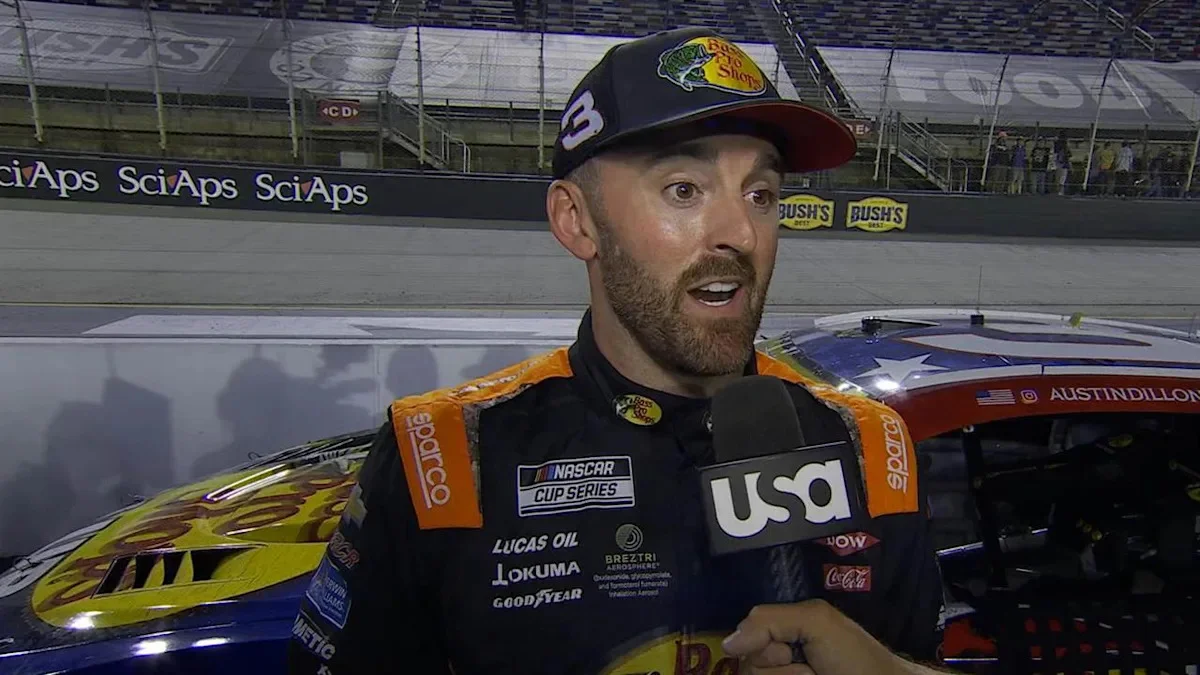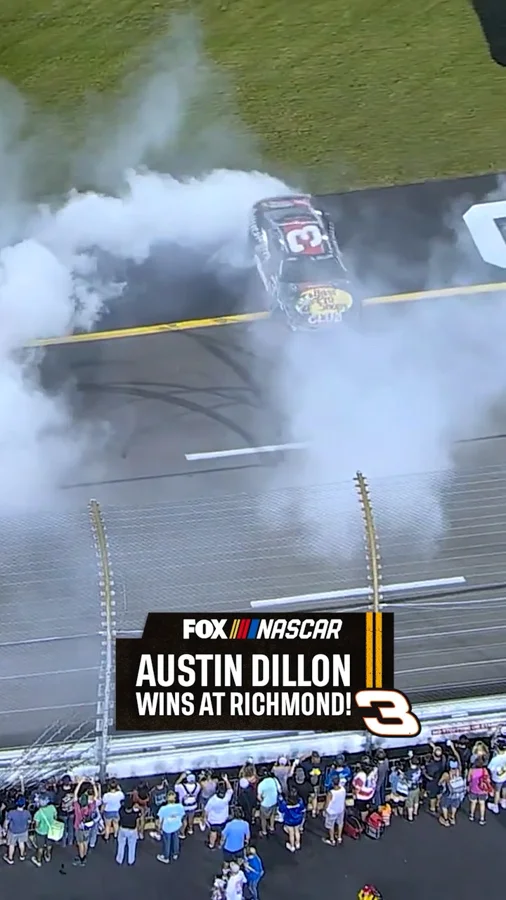During a recent episode of the Petty Family Racing podcast, eight-time NASCAR Cup Series champion crew chief Dale Inman voiced strong opinions about tire management in recent races, including Austin Dillon’s race victory at Richmond. Inman argued that excessive tire wear undermined both competition and strategy at the Richmond Raceway event on August 16, 2025, where Dillon claimed a dominating win.
Goodyear introduced softer tires for the short tracks this season, intending to spice up the racing action by forcing drivers and teams to manage tire degradation more intensely. At Bristol Motor Speedway, these changes made tire conservation crucial, and Christopher Bell capitalized on that, securing his position in the next playoff phase. The focus on tires carried over to Richmond, particularly during the Cook Out 400, as the race demanded quick adjustments and sharp adaptation from each team.
Challenges with Tire Wear at Recent Cup Series Races
The Cook Out 400 saw drivers and crews battle against rapidly deteriorating tire grip throughout the 400 laps at Richmond. Austin Dillon and his #3 Chevy Camaro ZL1 team demonstrated exceptional strategy, not only adjusting to the demanding track conditions but also executing effective pit stops. Their performance kept them ahead of competitors, leading to a standout finish that showcased both adaptability and determination.

Despite the successful adaptation by some teams, Dale Inman was frustrated by the tire situation dominating race outcomes in both Bristol and Richmond. Inman told Richard Petty:
“I didn’t like it at all, Richard. I thought Richard was bad when they wore him out. And no disrespect for the three car for winning the race. No disrespect for the 20-car for winning. But when the tires were out like that, it’s ridiculous. And I thought one time I seen you mountain tires for good.”
— Dale Inman, Crew Chief
Continuing his critique on the podcast, Inman added:
“You know I don’t know when the first car come in with the tires wore out but it was somewhere around 30 laps, right? And I don’t think I think it caught everybody off guard that there’s wear it,” he added.
— Dale Inman, Crew Chief
The frequency and unpredictability of tire wear at Richmond forced teams to rethink established strategies. What once might have been a routine race became a display of tire management under stress, challenging even veteran drivers like Austin Dillon and his seasoned crew. This focus on tires, while thrilling for some fans, left respected figures like Inman dissatisfied with how much luck and reaction time played into the outcome.
Christopher Bell’s Bristol Triumph Adds to Tire Debate
At Bristol Motor Speedway, Christopher Bell secured his fourth win of the season in a hard-fought contest. With the Joe Gibbs Racing team navigating the new tire setup, Bell survived intense late-race moves from Brad Keselowski. The team’s ability to contend with tire degradation helped them maintain the edge in a race that, like Richmond, tested competitors’ tire conservation skills and strategic decision-making.
Both races underscored how tire selection and management have become central to Cup Series victory, with teams like those guided by Austin Dillon and Christopher Bell adapting rapidly to new challenges.
Dale Inman’s Enduring Legacy in NASCAR History
Richard Petty, the seven-time NASCAR Cup Series champion, used the podcast to reflect on his storied partnership with Dale Inman. Inman, who worked with Petty Enterprises across nearly thirty years, played a pivotal role in establishing records that continue to stand the test of time.
Their collaboration began in the garage during an era shaped by Richard’s father, Lee Petty, and when Inman first started as a pit crew member in the late 1950s. When Richard won his very first race in 1960, his brother Maurice shifted focus to engine building, granting Inman greater responsibility over Petty’s car. From there, Inman shaped the role of the modern crew chief and built a reputation for both innovation and humility.
Petty summed up Inman’s influence, stating:
“Dale was a racing benchmark. He was the sport’s first official crew chief, and people modeled themselves after him. He knew what, when, and where, and when he made a mistake, he wasn’t afraid to admit it. Everyone respected him for that. Nobody even comes close to the number of wins that Dale has recorded.”
— Richard Petty, NASCAR Cup Series Champion
With Inman’s expertise, ‘the King’ Richard Petty amassed 193 career wins and captured seven Cup Series championship titles. Their remarkable partnership peaked during the 1967 season, when they achieved an unprecedented 10-win streak with the Plymouth Belvedere.
Looking Ahead: Strategic Tire Management Set to Shape Future Races
Dale Inman’s critique of the recent Richmond and Bristol tire strategies adds a powerful voice to ongoing debates about NASCAR’s direction. While the focus on tire wear has created new excitement and highlighted talents like Austin Dillon and Christopher Bell, racing legends like Inman argue that strategy and consistency should not be overshadowed by unpredictable elements.
As teams and drivers—such as Denny Hamlin, Kyle Larson, and Ryan Blaney—prepare for future challenges, tire management is likely to remain a defining factor in both the Cup Series and marquee events like the NASCAR All-Star race. NASCAR, Goodyear, and racing organizations may need to balance entertainment value with the sport’s hallmark competition standards, ensuring that both veteran expertise and emerging talent are given a fair opportunity to shine.

